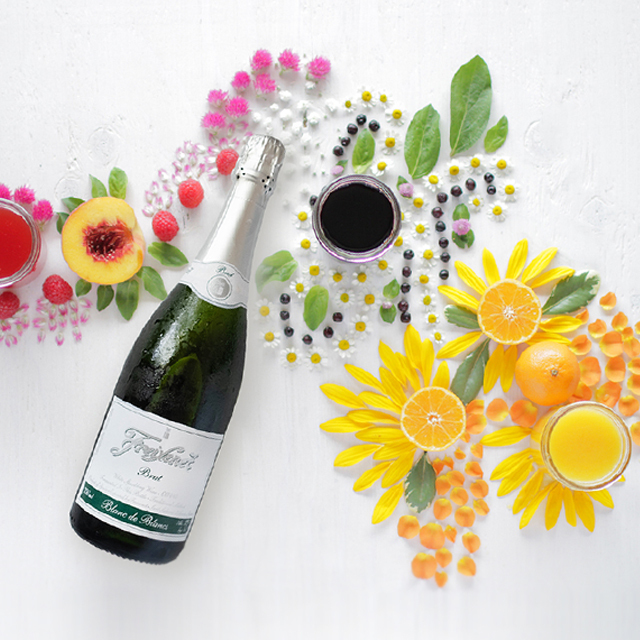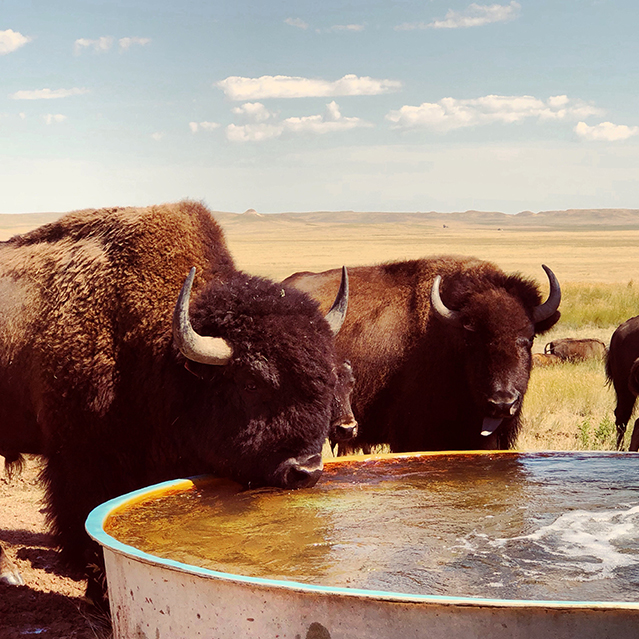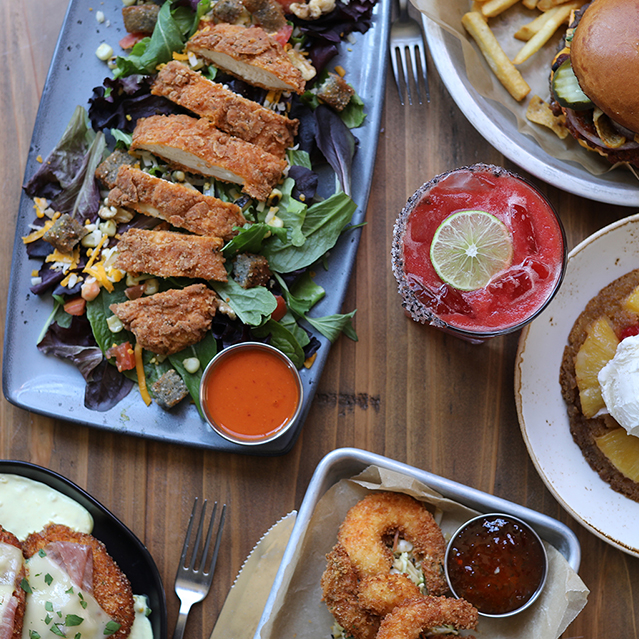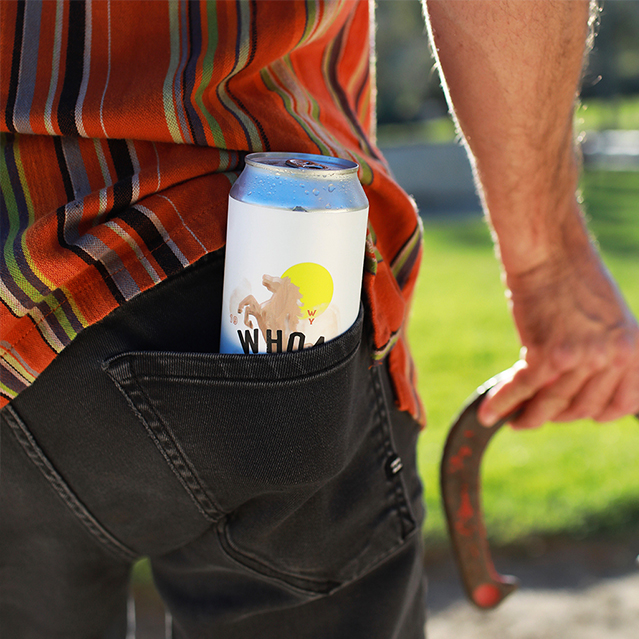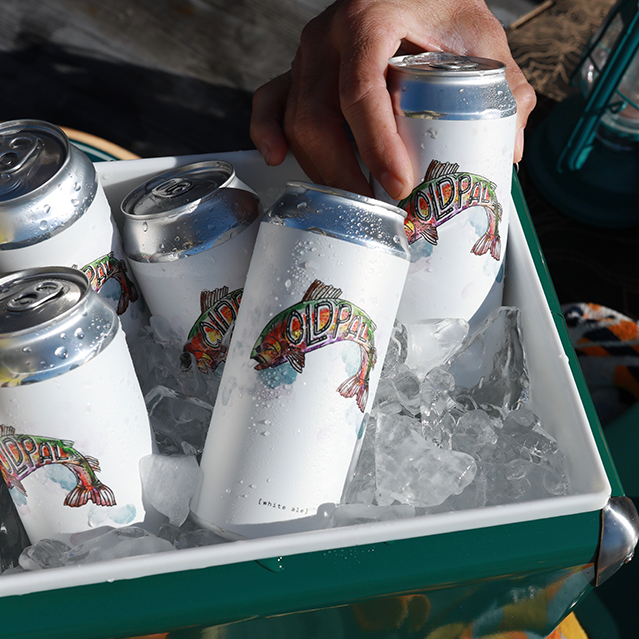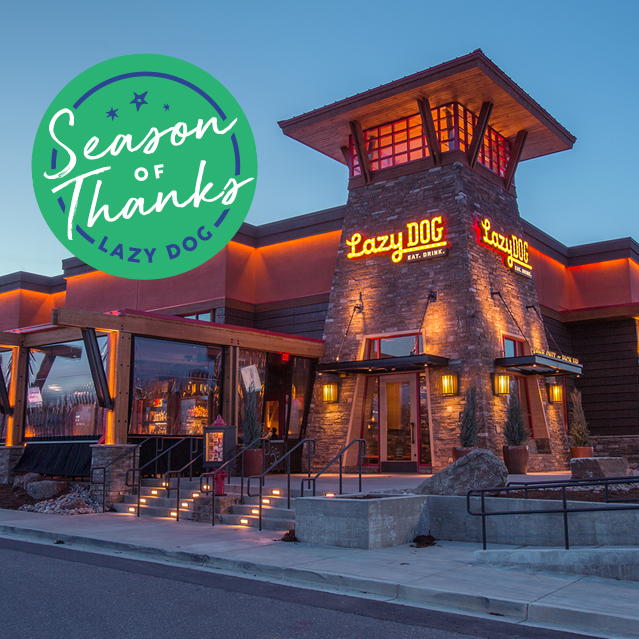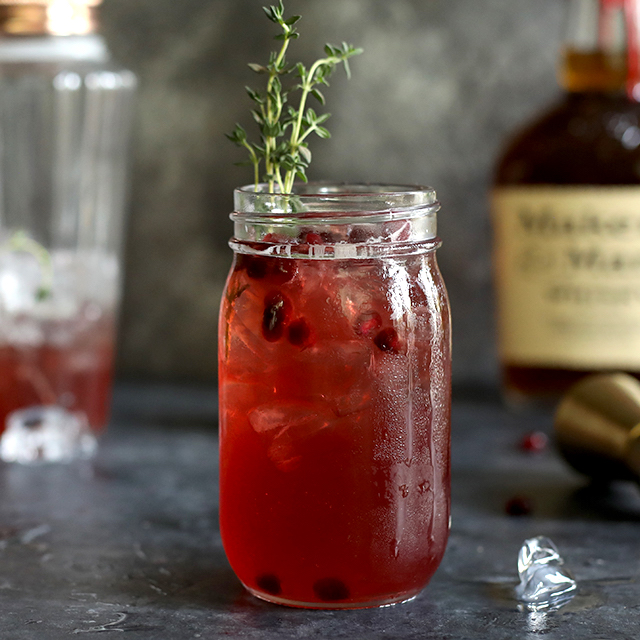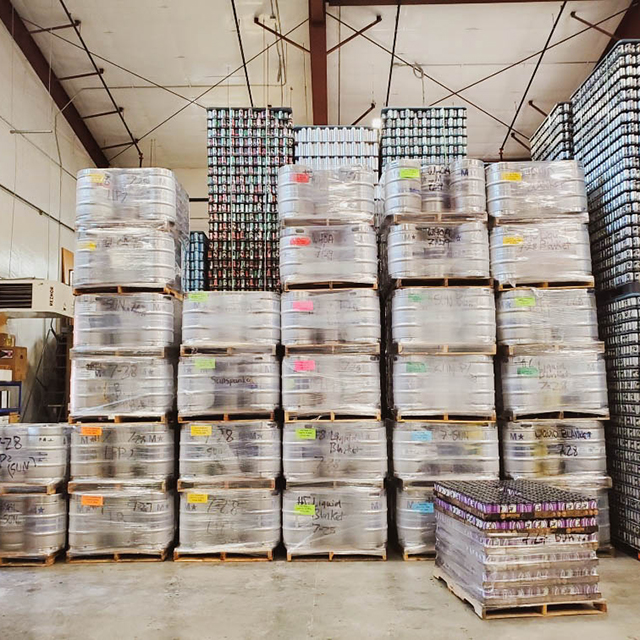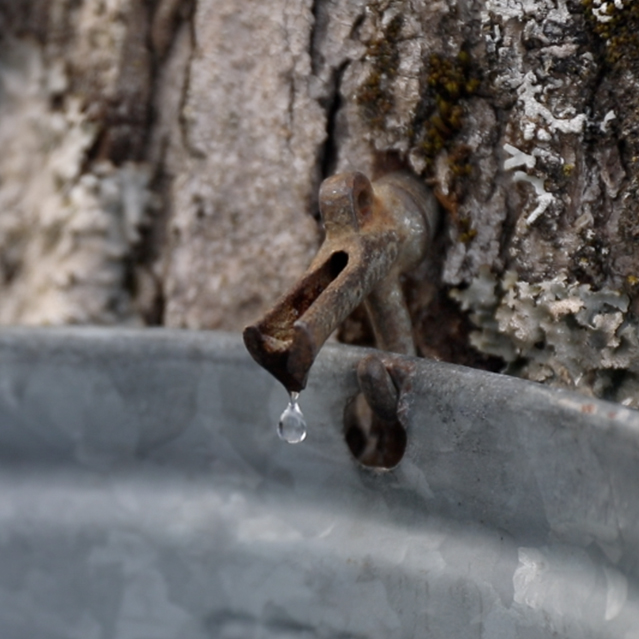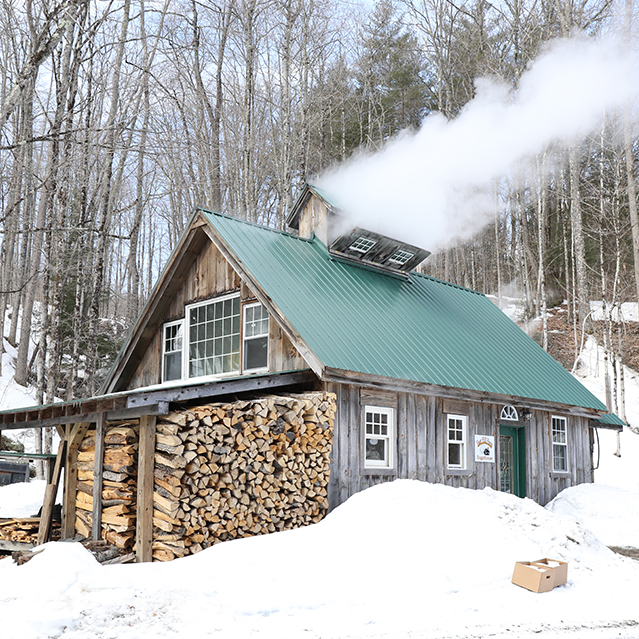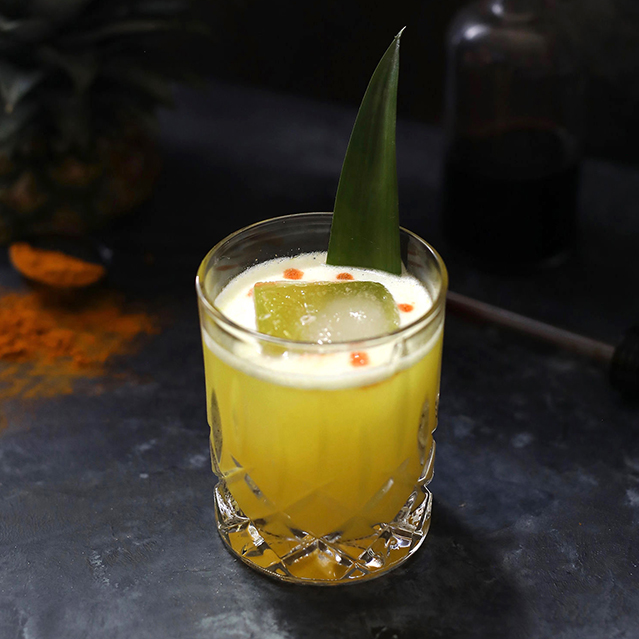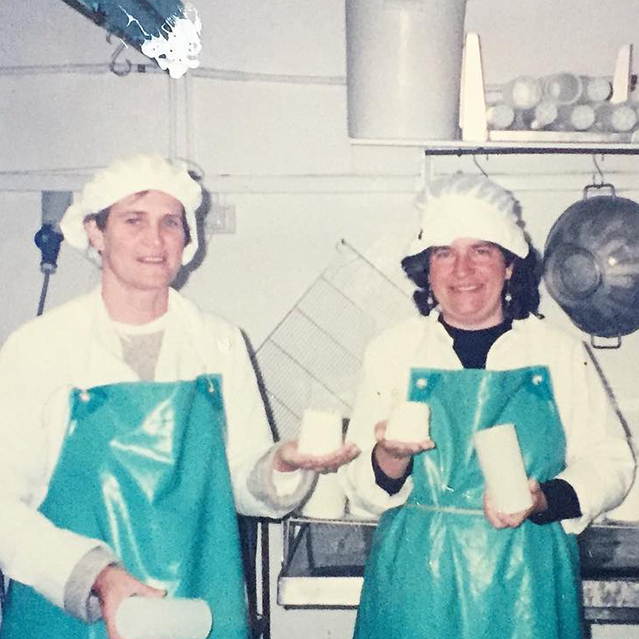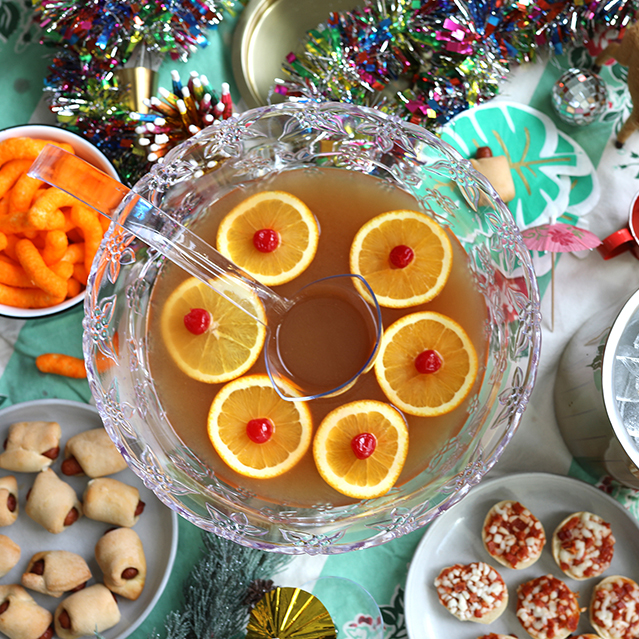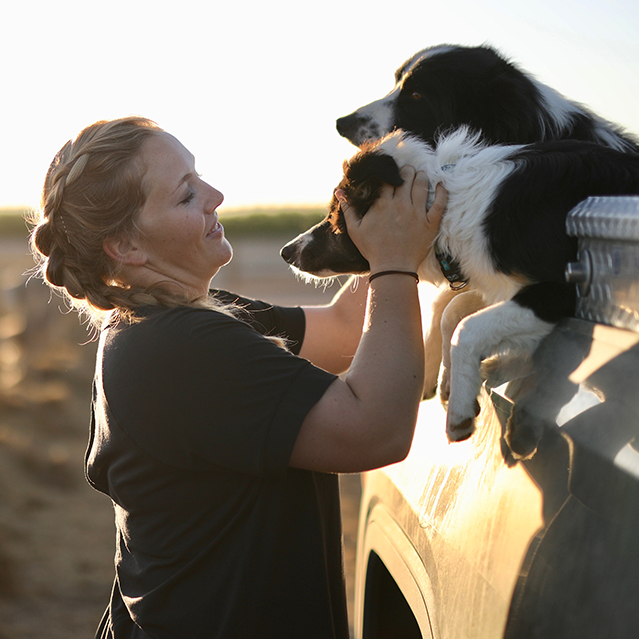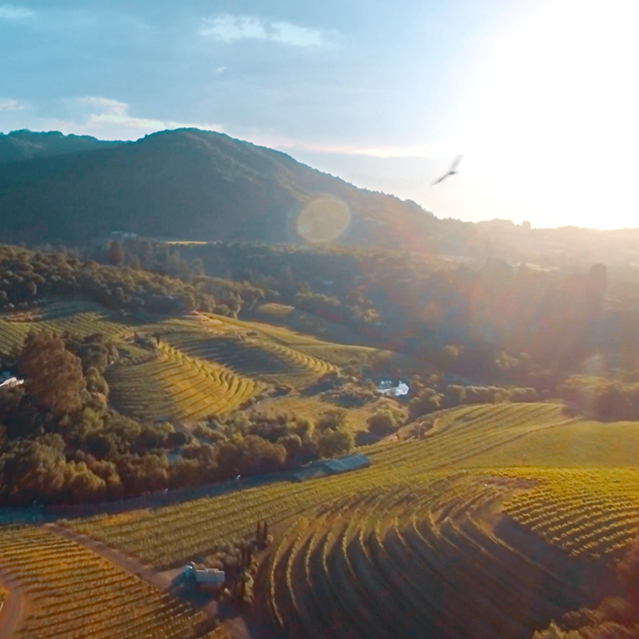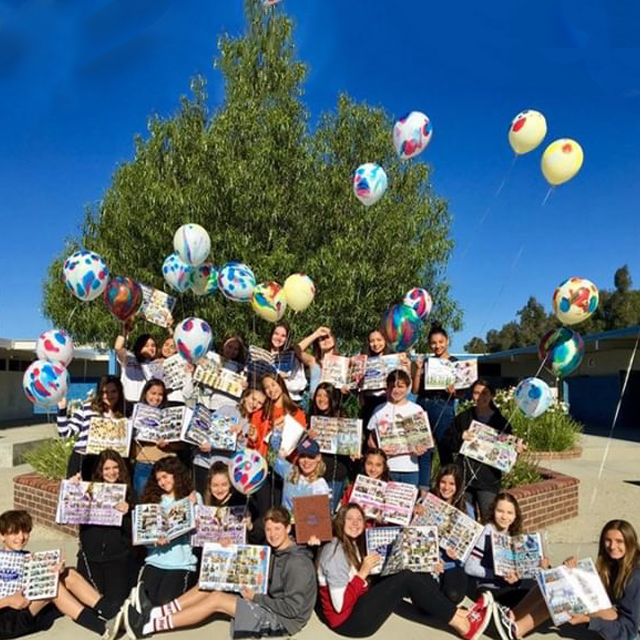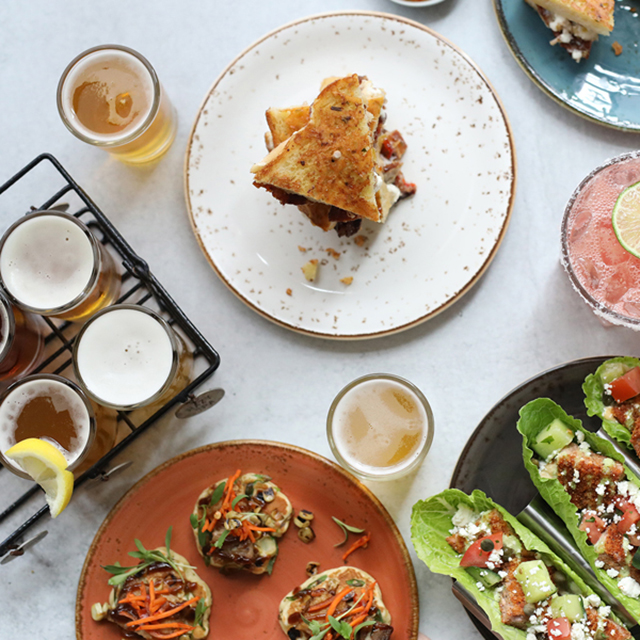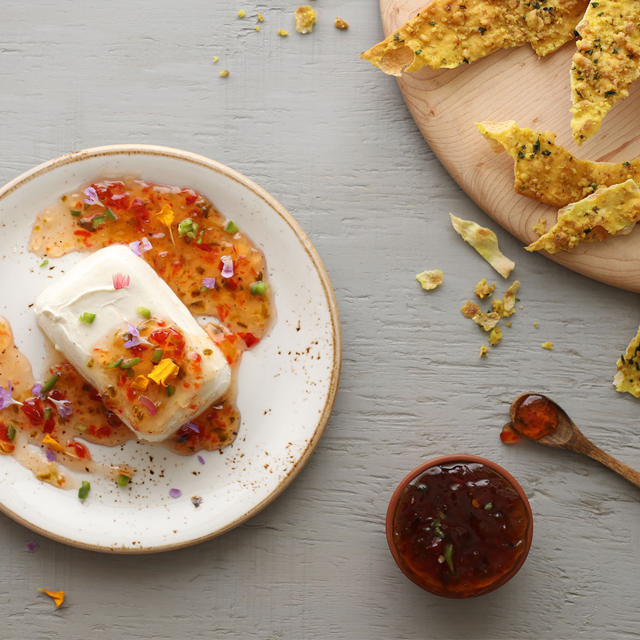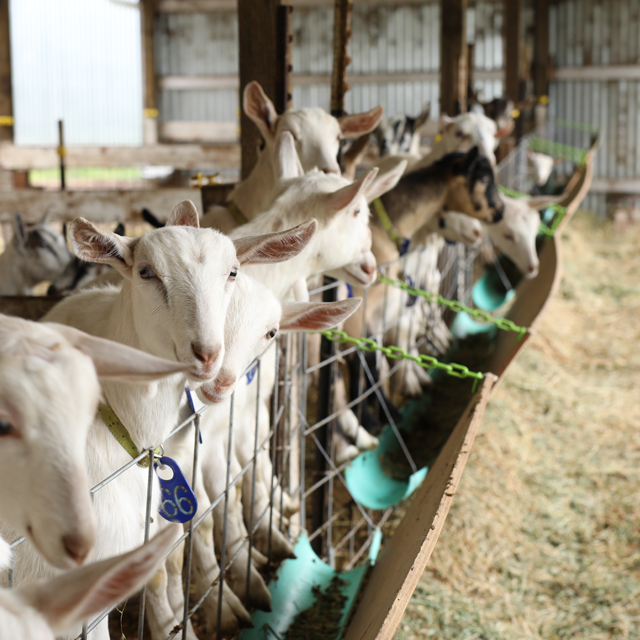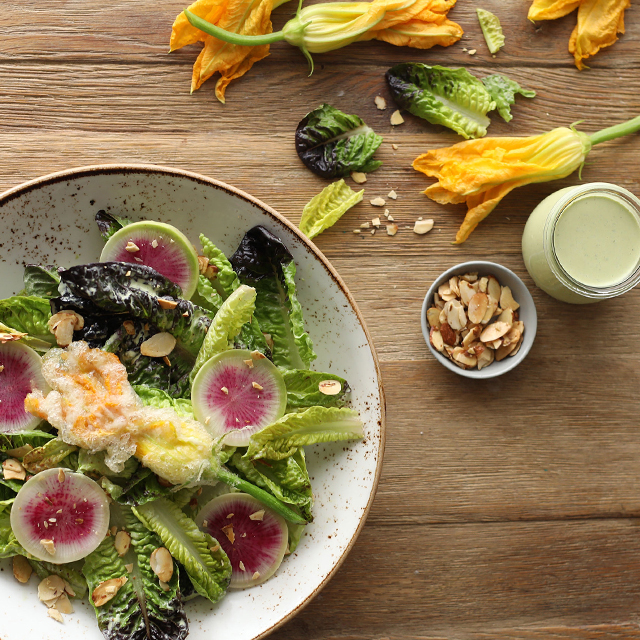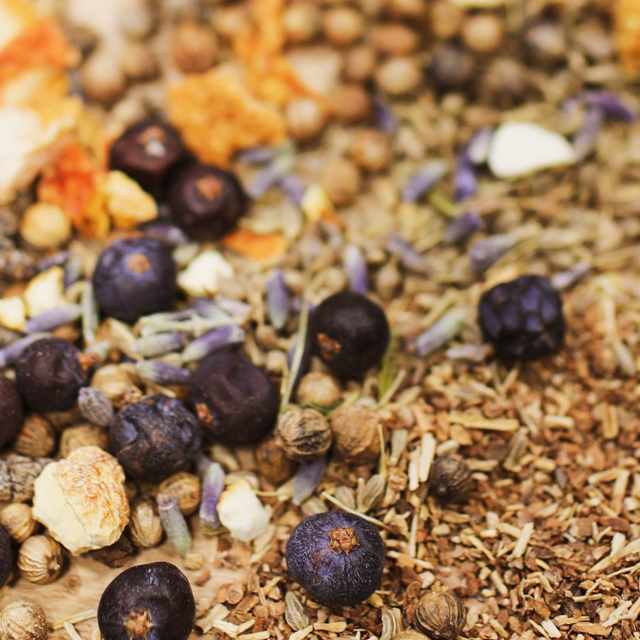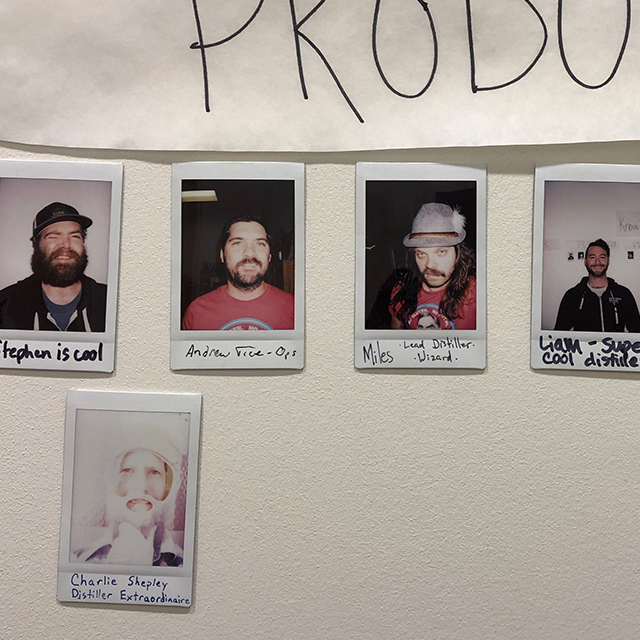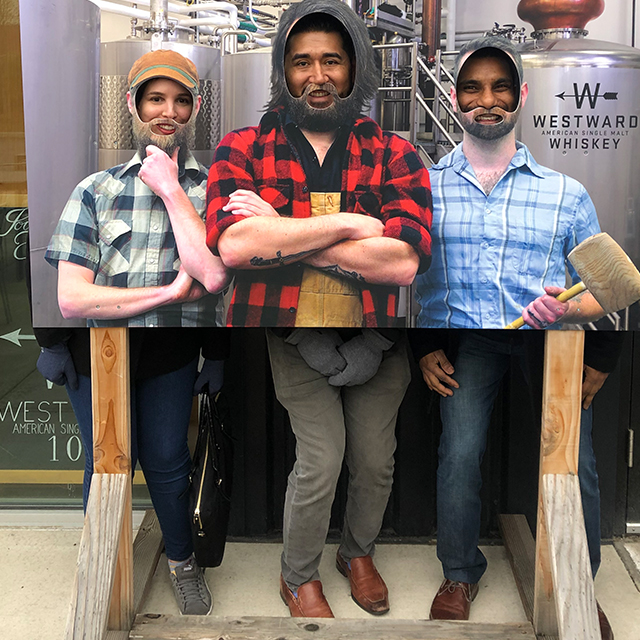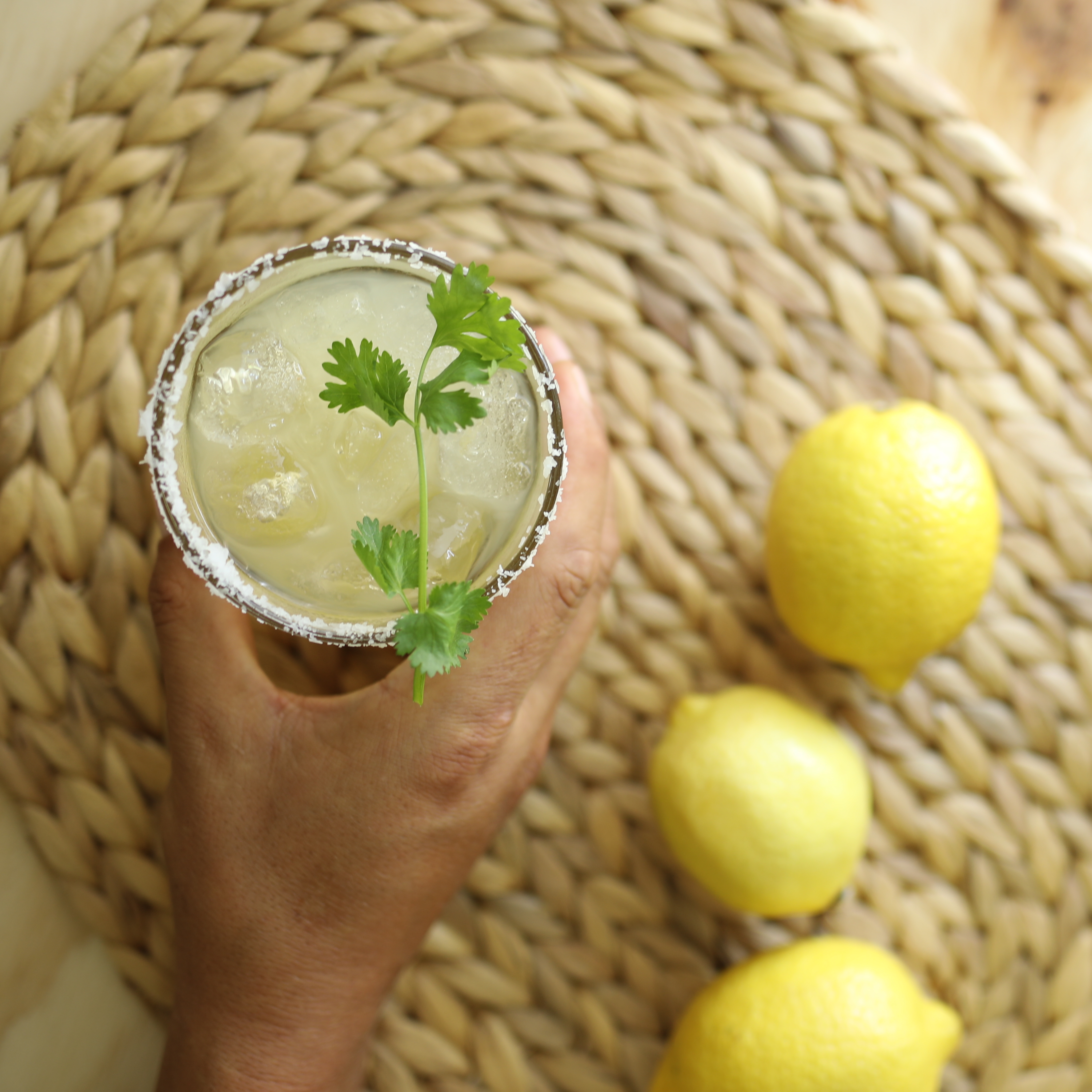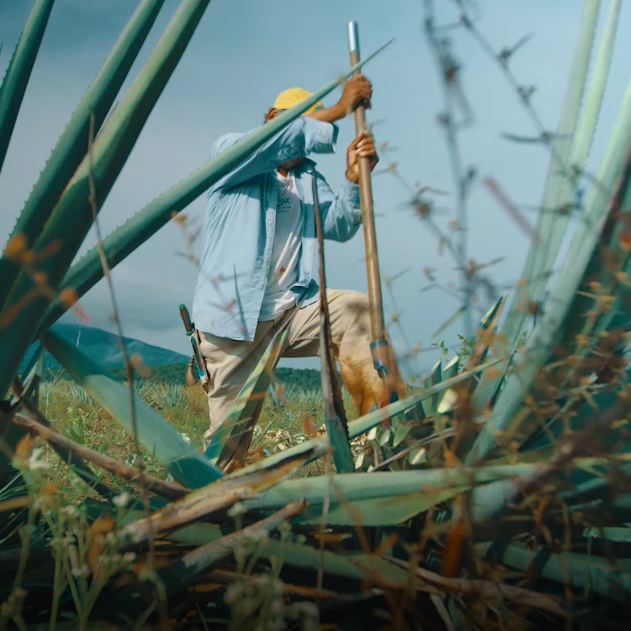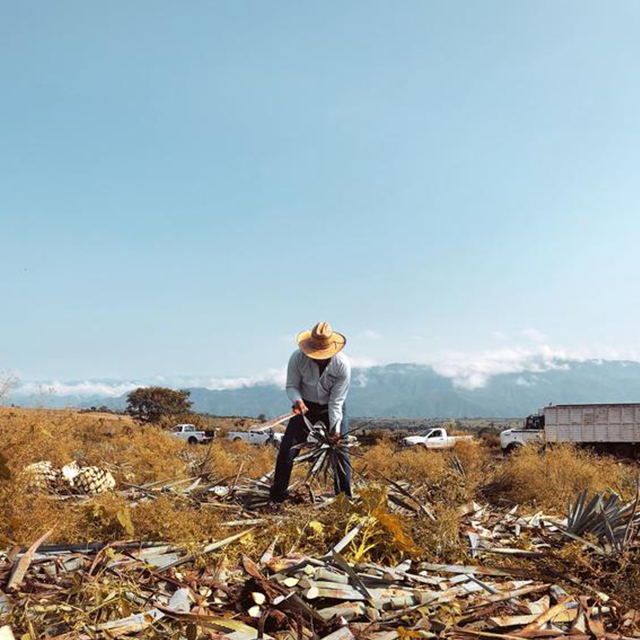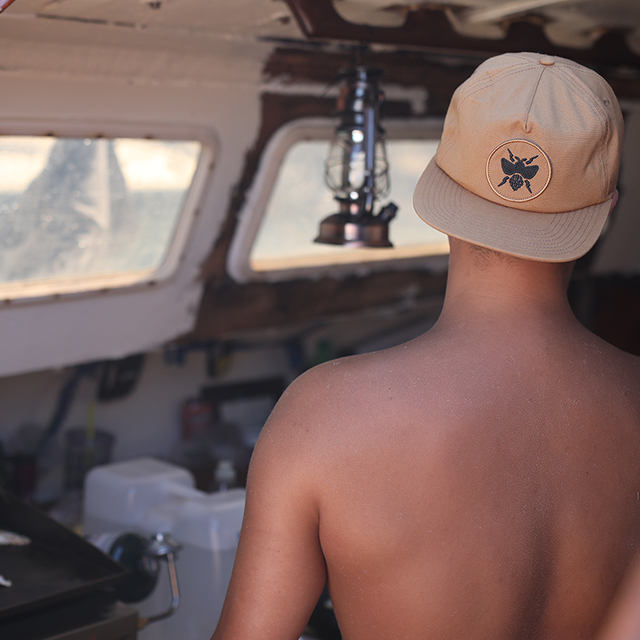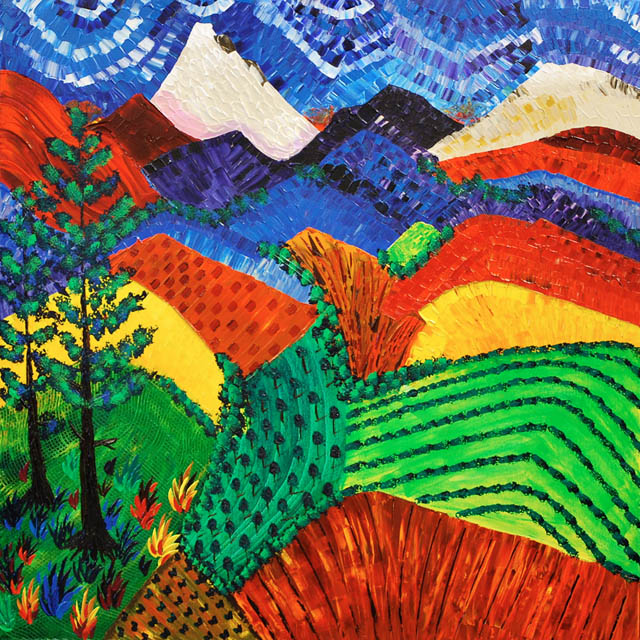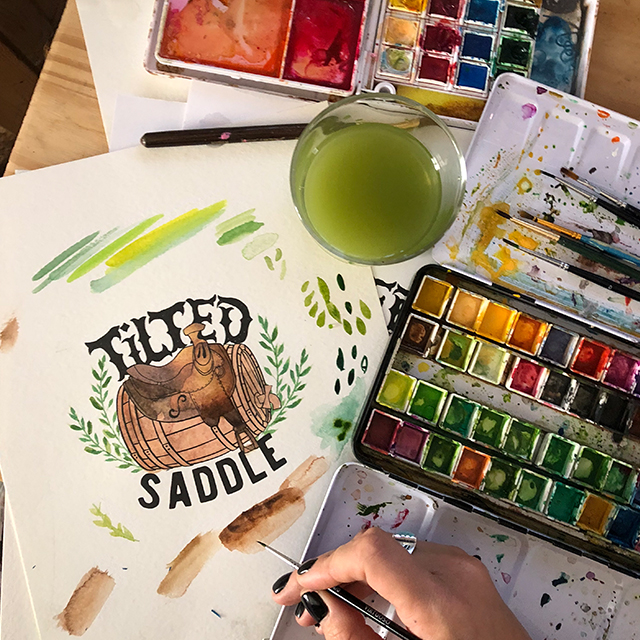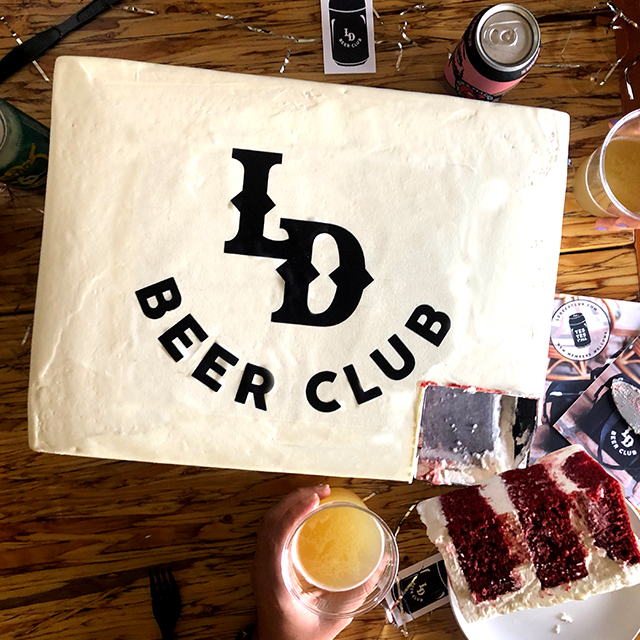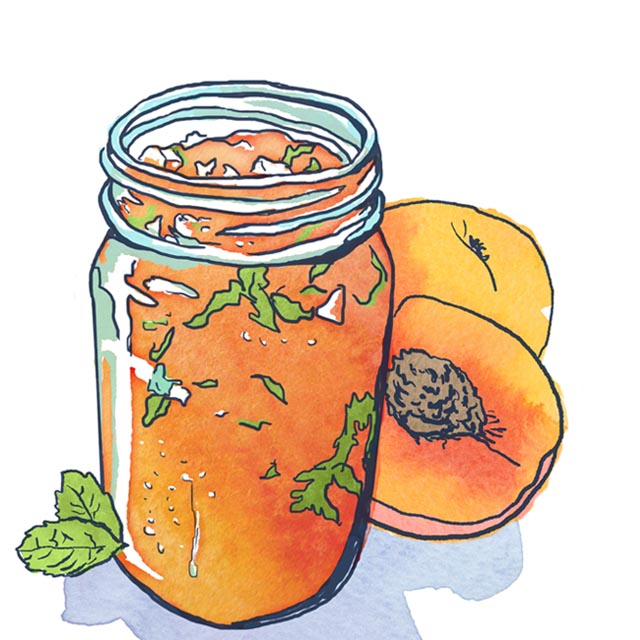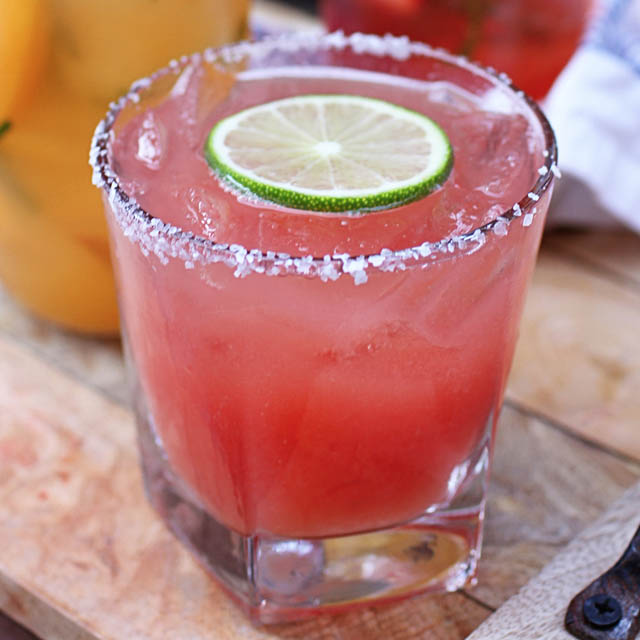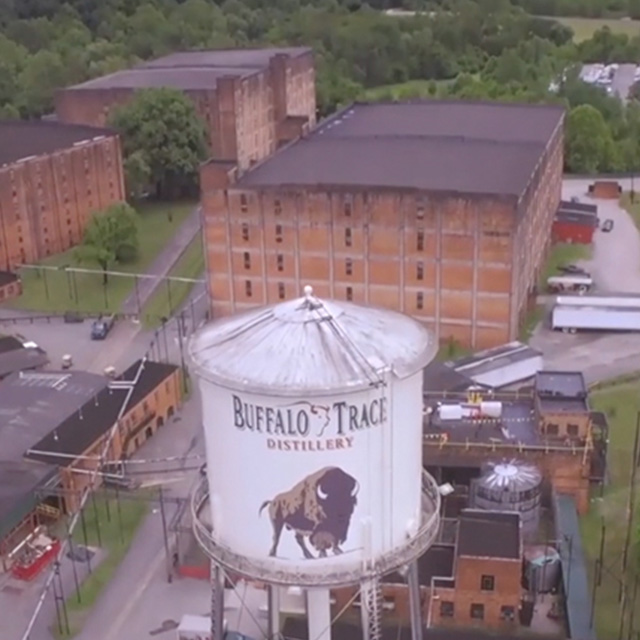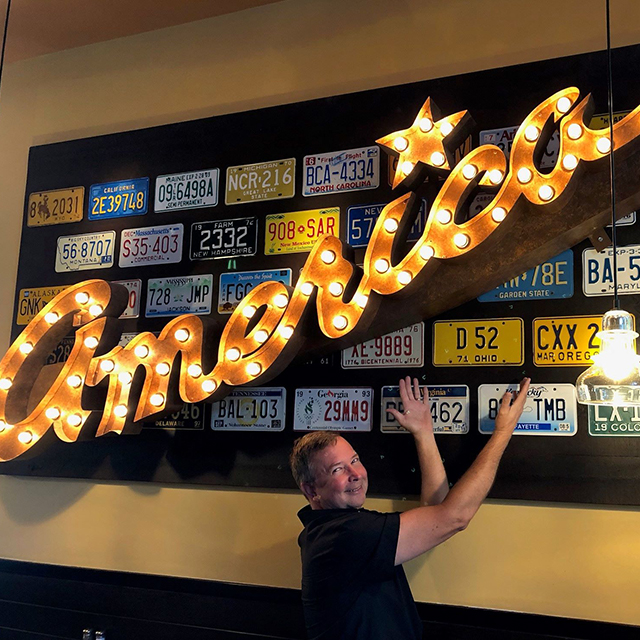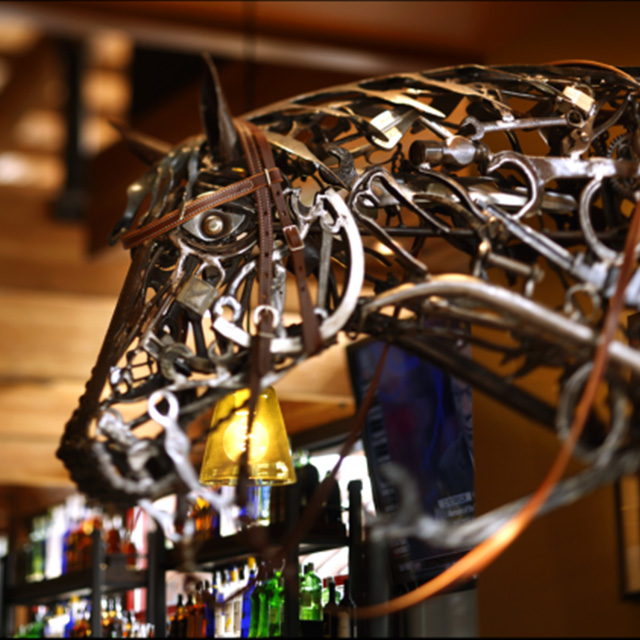Part 2 // Faces of Lunazul
Note to reader: If you haven’t read Part I of our adventure in Tequila, read it now!
Like some of you reading this, I too, have always been a big fan of tequila. But after spending two days in the Jalisco region, I can say I have a new found appreciation for tequila and the entire process behind it. And production aside, it’s really the people behind the tequila that make it so special. This remarkable team of jimadores that we spent time with in the Lunazul agave fields, was made of up multiple generations, most of them related by blood. We learned that a majority of the fields operate this way - hiring from within their own families and passing down the tradition from one generation to the next. We spoke to fathers, uncles, brothers and sons, some as young as 17 and others working well in to their late 60’s. Watching these men sharpen their coa and cut loose piña after piña is like watching artists at work. They move with a rhythm and grace that only comes from years of experience, each one with their own style, all working seamlessly together.

Rafael Beltran Ávila

Sergio Miramonte Rivera
The younger men in the group are the apprentices, they chop the piñas in half once they are cut loose from the roots by a jimador. After chopping, they proceed to do all the heavy lifting and carry each piece to the trucks for loading. These novice farmers are restricted to using only their hands and an axe until they earn the right to hold a coa. Formally referred to as a coa de jima (“hoe for harvesting”), it resembles a long wooden gardening hoe with a sharp oval blade at the end, used to cut the leaves and core of the agave plant. Every dozen plants or so, the jimadores stop and pull out a blade to sharpen the end of their coa, again artistry at play here, folks. There is a beautiful comradery between these men. They talk and laugh through the morning hours, pushing each other to keep pace as they take down row after row of plants. Around 10am the fog breaks and the sun begins to heat up, we are surrounded by red clay-like soil covered in dismantled blue tones of agave leaves. You can smell the scent of the plants nectar in the muggy air.
Antonio Pérez Alvarado & Miguel Ángel Perez Alvarado

Gaudencio Gutiérrez Marín
It was beautiful to watch these fathers, brothers and sons work together like a well-oiled machine. The irony being that there are absolutely no machines involved in this process. And we knew this fact to be true before making the journey to Jalisco. This was what had drawn us to Lunazul and ultimately why we chose to serve our guests this tequila in the first place. We make it a priority to source products that are made by hand and created with the same care and attention to detail that we provide in our kitchens. But I hadn’t fully understood just how handcrafted the process was until we were there, standing in an agave field, seeing it all.

José Israel Amescuas Contreras
In the late afternoon, we pack up our gear and use sticks to scrape the thick layers of clay-like dirt off of our boots. We hop in the back of a white pickup and follow one of the big trucks filled with piñas as they head back down the muddy labyrinth towards the highway. Our next stop is the distillery, located just a few miles down the highway, where we will follow the journey of the piñas from raw plant to bottled tequila. We are told that there will be tequila and cold beer waiting for us when we arrive. It’s like they were reading our minds. Just one more reason to love this magical place.
Read part III of our adventure in Tequila, Jalisco.
Words + Photography by Rebecca Simms
Questions? Comments? Email: [email protected]

